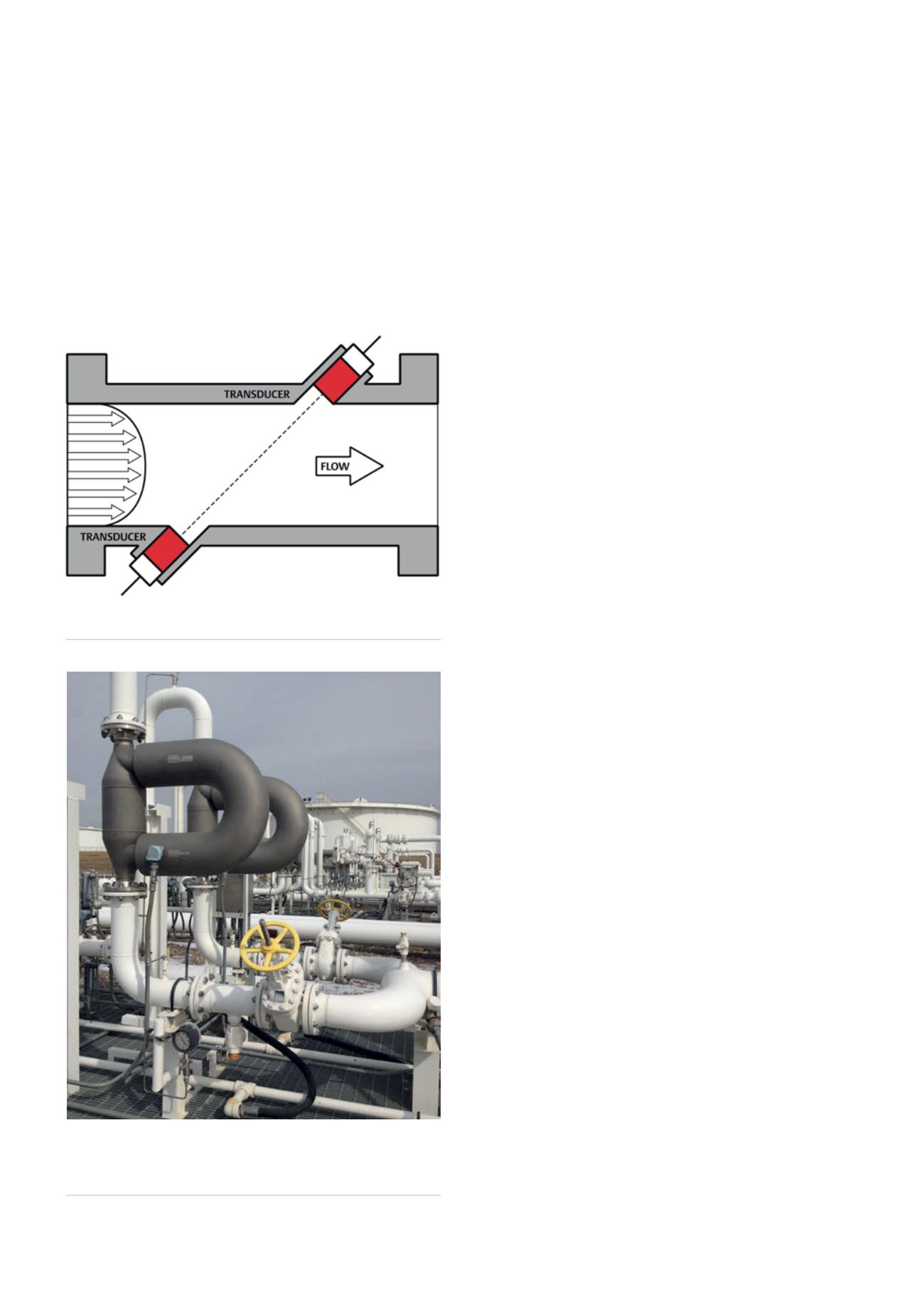
)
Facilitates regulatory compliance.
)
Decreases environmental incidents.
)
Improves safety.
)
Reduces need for visits to the pump station.
)
Provides troubleshooting information.
)
Increases uptime.
)
Optimises operation.
Maintenance costs are cut because it is no longer necessary to
overhaul or perform maintenance on pumps on a periodic basis, or
in response to a problem. Instead, pumps can be maintained only
as needed, and with proactive rather than reactive scheduling.
API Standard 682 requires monitoring of pump seal systems,
and other regulations also require varying types and levels of
monitoring, all of which can be done more efficiently with
instrumentation and control systems as opposed to manual
methods.
Environmental incidents can be decreased because pumps
and related systems can be continuously monitored for leaks,
over pressure conditions and high temperatures. Some of these
conditions, such as leaks, represent an immediate environmental
issue – while others can indicate conditions leading to possible
incidents.
Reducing incidents improves safety, and safety is also
improved because fewer site visits are required to check
conditions, which also cuts costs. Remote monitoring also
provides information to aid troubleshooting, so that when site
visits are required, technicians can arrive with the tools and parts
in hand to perform required repairs.
All of the information gathered by sensors can be sent to a
control system, where operators and engineers can use this data
to increase uptime and optimise operation, particularly with
respect to pump operation and flow measurement.
Flow measurement
Flow sensors close the loop on pump systems, as information
from these devices is used to regulate the speed at which pumps
run, and/or to modulate flow control valves. These sensors are
installed at various points in the pipeline system starting at pump
output, and continuing downstream to ensure proper flow is
maintained throughout the pipeline. The most common type of
flow sensors in pipeline systems are ultrasonic and coriolis.
Ultrasonic flowmeters use the transit times of high frequency
sound pulses between a pair of transducers to determine fluid
velocity. A transducer pair is positioned within a meter tube body
to enable the pulses to be transmitted diagonal to the direction of
the fluid flow (Figure 3). Each transducer alternates as a transmitter
and a receiver, resulting in pulses being transmitted against and
with the flowing fluid.
A pulse travelling with the flow traverses the pipe faster than
the alternate pulse travelling against the flow, with the resulting
time difference proportional to the velocity of the fluid. Relating
this velocity to the known diameter of the meter tube results in a
continuous inferred volume measurement.
Multi-path meters for pipeline custody transfer and pump
efficiency tend to be more accurate since they collect velocity
information in several points of the flow profile. Ultrasonic meters
are typically considered because they are non-obstructive, have
no moving parts, accommodate high volume applications, and are
self-diagnosing.
Coriolis flowmeters are unique because they can measure
either mass or volume flow, or both simultaneously (Figure 4).
Coriolis meters are well known for accurate and long-term
measurement stability under varying process conditions. They
are able to measure different fluids including both liquids and
gases without the need for recalibration. Coriolis meters are not
Figure 3.
Ultrasonic instruments transmit and receive pulses
diagonally across pipes to measure fluid flow.
Figure 4.
The gray U-tube design of each of these two micro
motion coriolis meters are clearly visible at this pipeline
receiving station for a major storage terminal in Cushing,
Oklahoma.
78
World Pipelines
/
FEBRUARY 2016


